



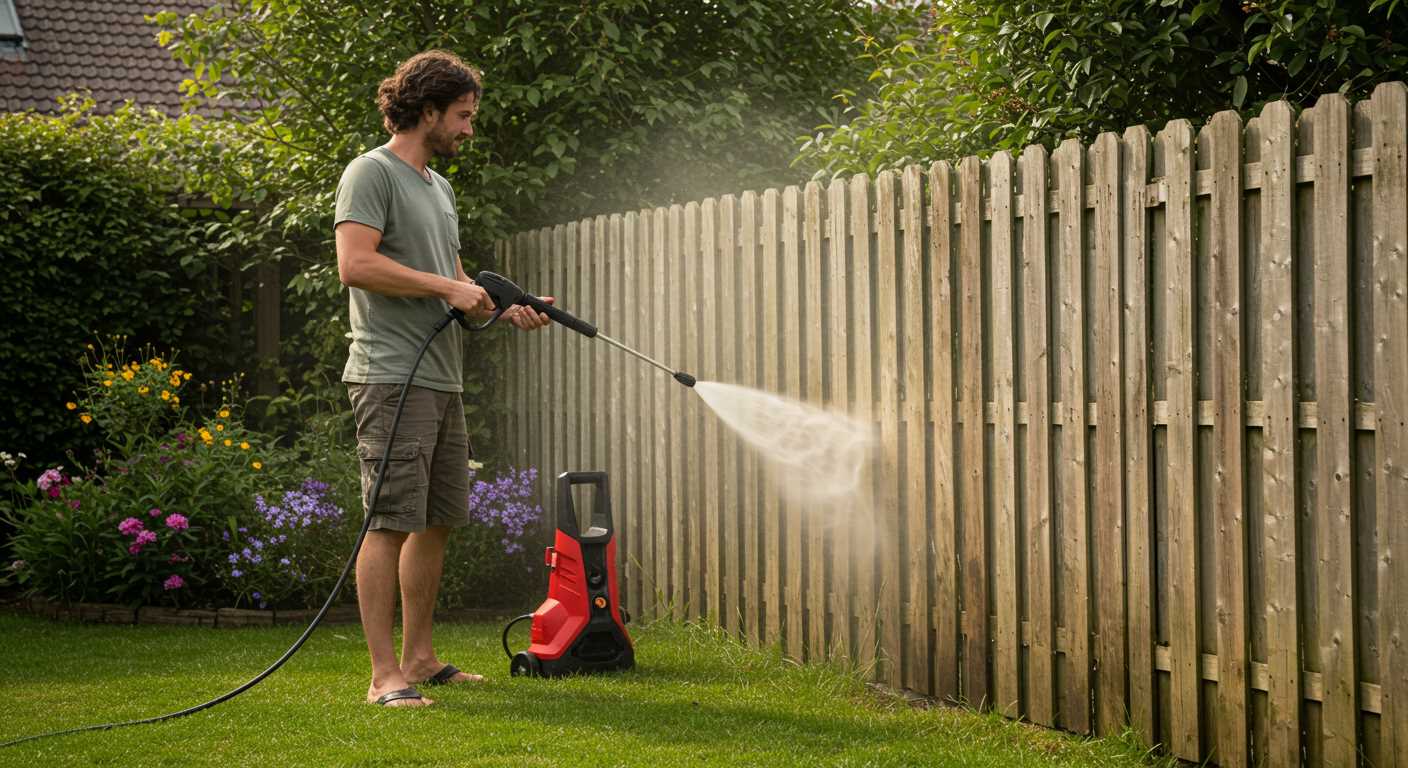
Address leaks with a simple patching technique. Gather materials like a hose repair kit, which typically includes connectors, clamps, and adhesive. For small punctures, clean the area and apply the adhesive patch, ensuring it’s secure. For larger breaks, cut the damaged segment and insert a connector, securing it with clamps. This method has saved me countless hours of downtime.
Inspecting for wear is another critical step. I’ve seen hoses wear down over time, especially at the ends where they connect to the machine. Regularly check for fraying or cracking. If you spot any signs, replacing those sections early avoids bigger issues later.
Storing your equipment properly can extend hose life. After use, make it a habit to coil the hoses gently, avoiding kinks. I learned this the hard way when a twisted hose led to leaks that could have been easily prevented. Using a storage reel can help keep everything organised and tangle-free.
When it comes to troubleshooting, don’t overlook fittings. A loose connection can often mimic a hose issue. Tightening the fittings can often solve the problem without needing to replace the entire hose. I’ve had several instances where a simple twist saved me from unnecessary repairs.
Repairing High-Pressure Hoses
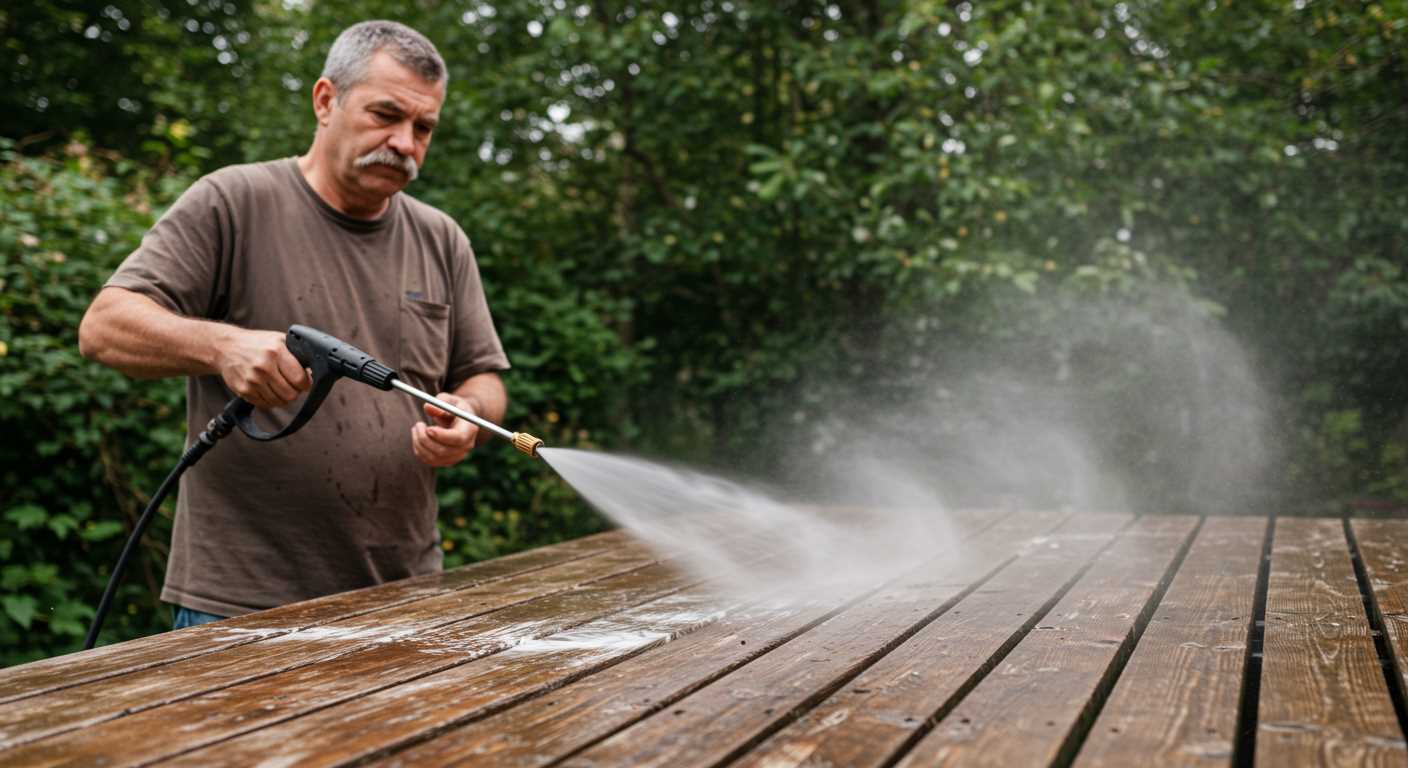
Begin with a thorough inspection for leaks or abrasions. Pinpointing the damage is crucial before proceeding. If you find a small puncture, a hose repair kit can work wonders.
- Locate the leak and clean the area around it with a cloth.
- Apply a patch from the kit over the damaged section, ensuring it covers the entire area.
- Secure the patch with the adhesive provided, allowing it to cure as per the instructions.
For larger issues, replacing sections might be necessary. Cut out the damaged part, ensuring clean, straight cuts. Use hose connectors to join the new segment.
- Measure and cut the new length of hose.
- Insert the ends into the connectors, tightening them securely.
- Check for leaks by running water through the system.
In cases where the fittings are compromised, replacing them can restore functionality. Remove the old fittings with a wrench, and install new ones by following the manufacturer’s specifications.
- Ensure the replacement fittings match the hose diameter.
- Tighten them carefully to avoid stripping the threads.
Always keep a spare hose on hand. It saves time and effort when emergencies arise. Regular maintenance, such as avoiding sharp edges and storing the hose properly, can prolong its lifespan significantly.
Identifying Common Hose Damage Types
Look for kinks and tightly twisted sections on your tubing. A kink can restrict water flow, leading to inconsistent performance. If you find a section that looks twisted, it’s likely that repeated bending has weakened the material, making it more susceptible to leaks.
Cracks and Abrasions
Inspect the surface for any cracks or abrasions. These often occur due to prolonged exposure to harsh weather or rough handling. Even small cracks can lead to significant leaks, so if you spot one, it’s wise to assess the extent of the damage before using the equipment again.
Separation at Connections
Check the areas where the tubing connects to fittings or other components. If you notice any separation, this can cause leaks and pressure loss. Tightening the fittings may help, but a more thorough examination of the tubing may reveal if it needs replacing altogether.
Gathering Necessary Tools and Materials
Start with a solid toolkit. The right instruments make all the difference in any maintenance task. Here’s what you’ll need:
- Wrench set: A variety of sizes will help you tackle different fittings and connections.
- Utility knife: Sharp blades are crucial for making clean cuts on damaged tubing.
- Hose clamps: These secure new sections of tubing and prevent leaks.
- Replacement tubing: Ensure you choose the correct diameter and pressure rating for your equipment.
- Thread seal tape: This helps seal connections and avoid leaks at the joints.
- Protective gloves: Keep your hands safe while handling tools and materials.
- Safety goggles: Protect your eyes from debris during the repair process.
In my experience, having a dedicated workspace can significantly enhance your efficiency. A clean, well-organised area allows you to focus on the task without distractions.
Once you gather your tools, check your replacement tubing specifications against the original. I recall a time when I assumed all hoses were interchangeable, only to find myself with a mismatch that delayed the job. Always double-check compatibility.
Lastly, prepare for disposal. Have a bag ready for any old or damaged materials. Keeping your workspace tidy not only improves safety but also makes it easier to find everything you need.
Steps to Patch Small Leaks in Hoses
First, identify the location of the leak. Run water through the line and look for any signs of moisture or spraying. Once found, dry the area thoroughly to ensure good adhesion for the patch.
Choose a high-quality repair tape or a rubber patch. I often use self-fusing silicone tape, which bonds to itself and creates a waterproof seal. Cut a piece of tape or patch that covers the leak plus an additional inch on either side.
Wrap the tape tightly around the damaged area, overlapping each layer by about half. If you’re using a rubber patch, apply a strong adhesive to the patch and press it firmly against the leak. Hold it in place for a few minutes to allow the adhesive to set.
After applying the patch, allow it to cure as per the manufacturer’s instructions–this usually takes a few hours. Once cured, test the hose by running water through it again. Check for any leaks to ensure the patch has held securely.
Finally, if the patch holds, consider reinforcing the entire section with an additional layer of tape or a more durable outer sleeve for added protection against future damage. This simple step can prolong the life of your equipment significantly.
Replacing Damaged Hose Fittings
When fittings start to leak or become damaged, replacing them is often the most straightforward solution. I recall a time when a client faced persistent issues due to corroded fittings. After a quick inspection, I realised that the fittings were not only old but also incompatible with the current setup. Replacing them can significantly improve performance and eliminate leaks.
Choosing the Right Fittings
Select fittings that match the diameter of the tubing and pressure specifications. Here’s a simple guide:
| Fitting Type | Common Applications | Recommended Size |
|---|---|---|
| Quick Connect | For easy attachment and detachment | 1/4 inch |
| Barbed Fitting | Secure connection for garden hoses | 3/4 inch |
| Compression Fitting | Used in high-pressure systems | 1/2 inch |
Steps to Replace Fittings
1. Remove the Old Fitting: Use a wrench to loosen and remove the damaged fitting from the end of the hose. Be cautious not to damage the hose itself while doing this.
2. Prepare the Hose End: Clean the end of the hose thoroughly. If it’s frayed or damaged, cut it back to a clean edge. This ensures a secure connection.
3. Install the New Fitting: Push the new fitting onto the hose. For barbed types, ensure it’s seated properly. If using a compression fitting, follow the manufacturer’s instructions carefully to avoid leaks.
4. Test for Leaks: Once installed, reconnect and run water through the system. Check for any leaks around the new fitting. If you notice any, tighten it or recheck the installation.
Having a well-maintained connection not only enhances longevity but also improves the overall performance of your cleaning equipment. During one of my field visits, I replaced a client’s fittings, and they were amazed at the difference in pressure output. It’s these simple upgrades that often yield the best results.
Properly Joining Two Hose Sections
For a seamless connection between two segments, start by ensuring both ends are clean and free of debris. A sturdy coupling is crucial; choose a brass or stainless steel connector for durability. Insert the end of one section into the coupling until it reaches the stop. Then, secure it tightly with a wrench, but avoid overtightening to prevent damage.
Next, repeat the process for the second section. To enhance the seal, apply a small amount of thread seal tape to the connector threads before attaching the second hose. This step significantly reduces the likelihood of leaks.
After both sections are joined, test the connection by running water through the assembly. Check for leaks at both ends and adjust the fittings as necessary. If there are any issues, re-tighten or replace the connectors as needed.
Always keep spare connectors handy, as they are often the first components to wear out. For more tips on maintenance and cleaning, check out this guide on how to clean an old fish tank.
Inspecting and Repairing Kinks in Hoses
Identify any kinks by visually inspecting the entire length of the tubing. Look for areas where the pipe bends sharply or is pinched. This can restrict flow and lead to further damage. If you spot a kink, gently try to reshape the area by hand. If it remains deformed after your attempt, a more permanent solution is required.
Methods to Fix Kinks
For minor bends, soaking the affected section in hot water for a few minutes can help. The heat makes the material more pliable, allowing you to straighten it out. Afterward, run water through it to ensure there are no blockages. If the kink is severe, consider cutting out the damaged section and splicing in a new piece, ensuring a secure connection with appropriate fittings.
Preventing Future Kinks
When storing the tubing, avoid coiling it tightly. Instead, use loose loops or a hose reel to keep it from bending sharply. Always lay it out flat during use to prevent unnecessary stress on any part. Regular checks will help catch any issues early, keeping your equipment in optimal condition.
Maintaining Hose Integrity After Repairs
Ensure longevity of your repaired tubing by following a few key practices. Regular checks and proper storage can significantly extend the life of your equipment.
- Routine Inspections: Make it a habit to inspect your tubing regularly. Look for signs of wear, kinks, or any new leaks, especially at the joints.
- Proper Storage: Store your equipment in a shaded, dry area. Avoid leaving it exposed to sunlight or extreme temperatures, which can degrade materials over time.
- Use Protective Covers: Consider using protective covers or reels. They prevent unnecessary bending and tangling, helping maintain shape and integrity.
- Avoid Overstretching: Be mindful of how you handle the tubing. Avoid pulling it too hard or stretching beyond its limits, as this can create new weak points.
- Keep It Clean: After each use, clean the surface to remove dirt or debris. This prevents build-up that could lead to premature damage.
In my experience, investing time in maintaining your repaired equipment pays off. One time, I neglected regular checks and ended up with a significant issue during a job. Since then, I’ve adopted a strict routine, ensuring everything is in top shape.
For those looking to enhance their cleaning performance, consider a rotating surface cleaner for pressure washer. It can improve efficiency and reduce the chance of damage to your equipment.
Testing the Hose for Leaks Post-Repair
After addressing any issues with your cleaning equipment’s tubing, it’s crucial to confirm that all repairs have been successful. A simple test can save you from future complications while using the equipment. Fill the hose with water and connect it to the unit. Turn on the motor and observe for any signs of leaks.
I recall a time when I thought I had fixed a persistent drip in a colleague’s equipment. After a thorough examination and sealing process, I filled the line and switched it on. Initially, everything seemed fine, but a few moments later, I noticed water pooling on the ground. The repair hadn’t held, which taught me the importance of a thorough check.
Here’s a straightforward method to conduct your leak test:
| Step | Description |
|---|---|
| 1 | Fill the hose with water completely, ensuring no air pockets. |
| 2 | Connect the hose to the cleaning device securely. |
| 3 | Switch on the motor and observe the entire length of the hose for any leaking spots. |
| 4 | Check fittings and joints carefully, as these areas are common leak points. |
| 5 | If leaks are found, mark them for further attention. |
Using this approach, you’ll be able to validate your work effectively. If leaks persist despite your efforts, consider re-evaluating the materials used or the methods applied, as sometimes, a second look can reveal overlooked details. I’ve had to go back to the drawing board on a few occasions, but each time, it sharpened my skills and understanding of what truly works.
After confirming everything is leak-free, allow the hose to dry completely before storing or using it again. This prevents any moisture-related issues. Regular testing is a good practice to maintain functionality and longevity, ensuring your equipment serves you well for years to come.
When to Consider Complete Hose Replacement
If you notice persistent leaks despite your best efforts or extensive damage to the outer layer, it may be time to consider a complete hose replacement. In my experience, hoses are often overlooked until they fail completely, leading to frustrating downtime. It’s crucial to assess the situation carefully.
Signs Indicating Full Replacement
When you encounter multiple punctures or tears that cannot be effectively sealed, replacement is the most reliable option. Additionally, if the hose has developed severe kinking or bulging that compromises its integrity, it’s safer to source a new one. Remember, a compromised hose can lead to more significant issues, including equipment damage.
Evaluating Cost vs. Benefit
Sometimes, the cost of frequent patching can outweigh the expense of a new hose. Consider the frequency of repairs; if you’re constantly fixing leaks or fittings, investing in a new hose can save time and money in the long run. Choosing a high-quality replacement will also improve your cleaning efficiency and extend the life of your equipment.
In my experience, selecting the right hose for your specific needs is paramount. Ensure you choose a durable, high-pressure model that matches your equipment specifications. Prioritising quality over cost will ultimately yield better results and reduce future headaches.

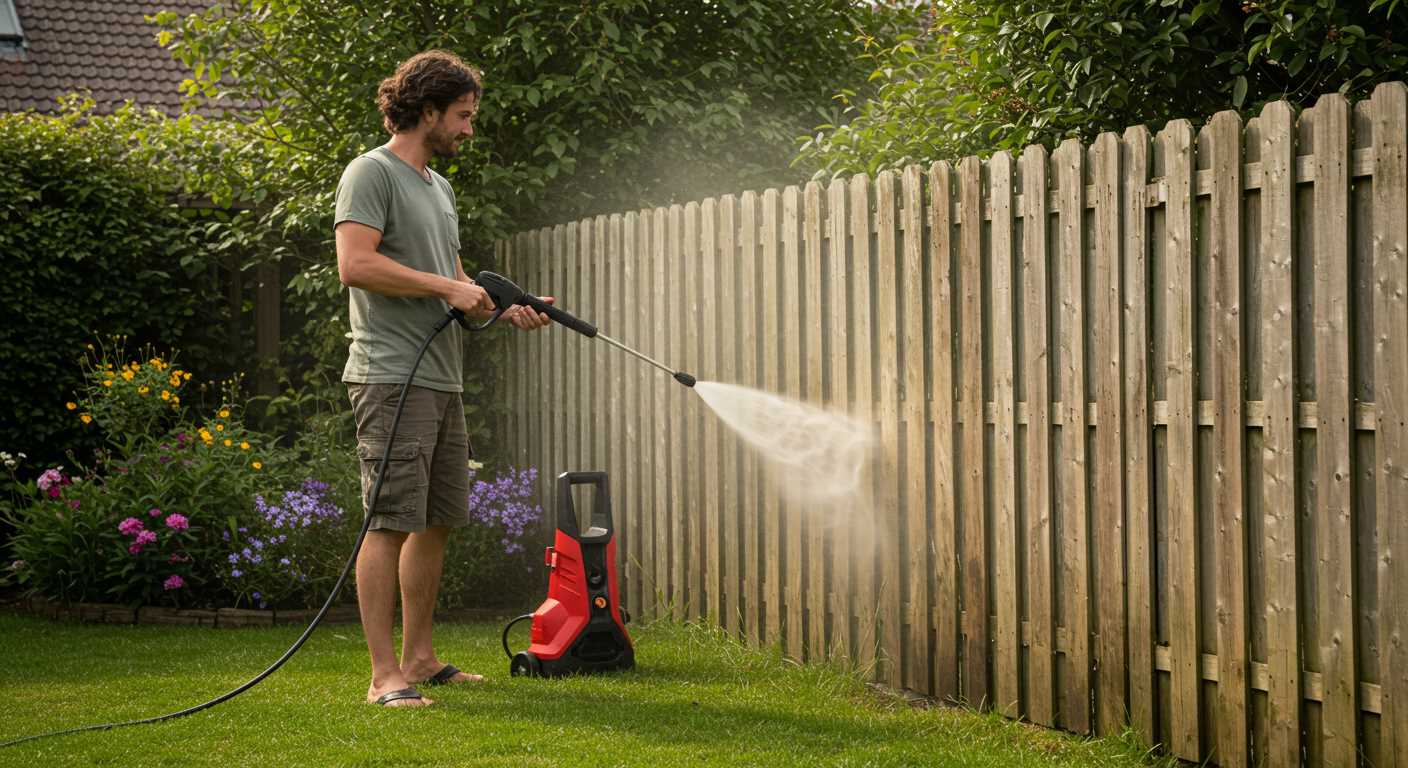


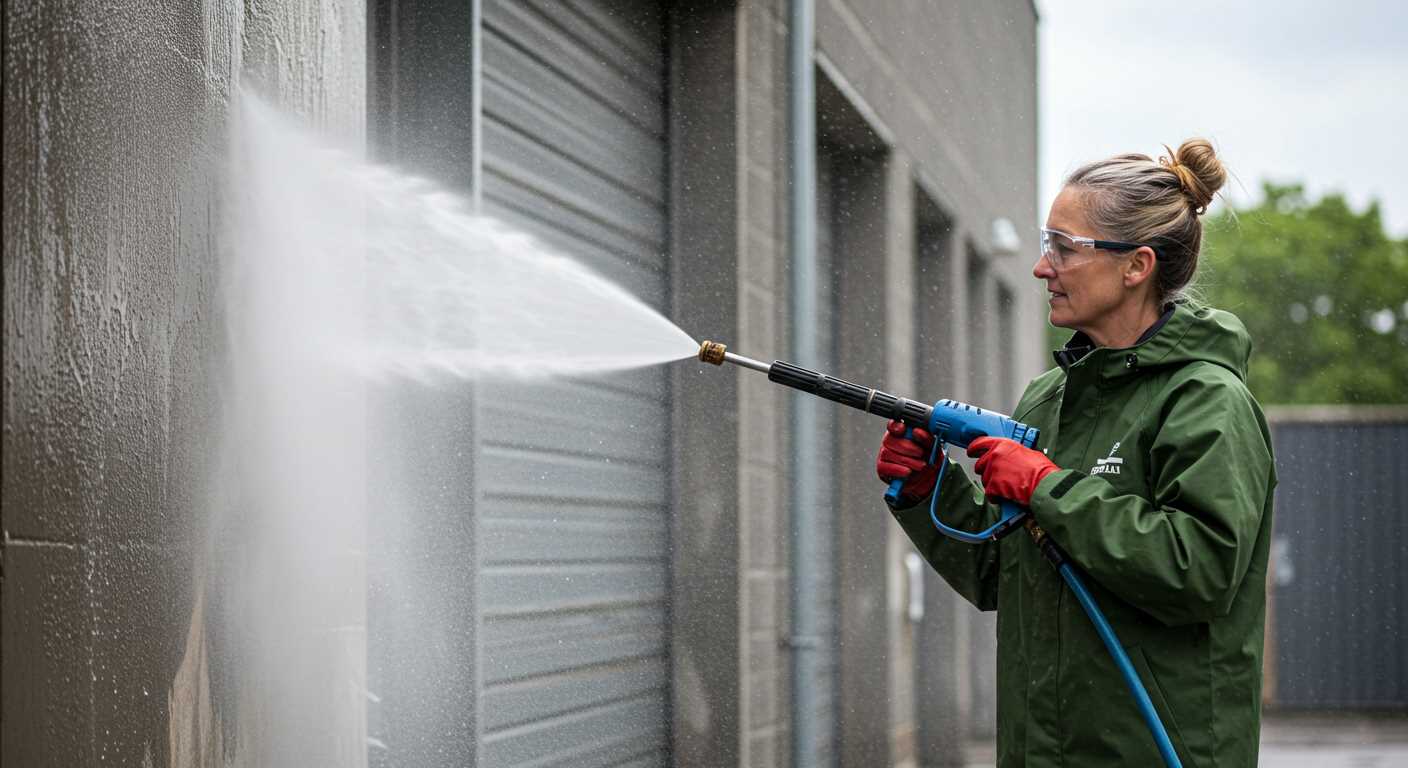
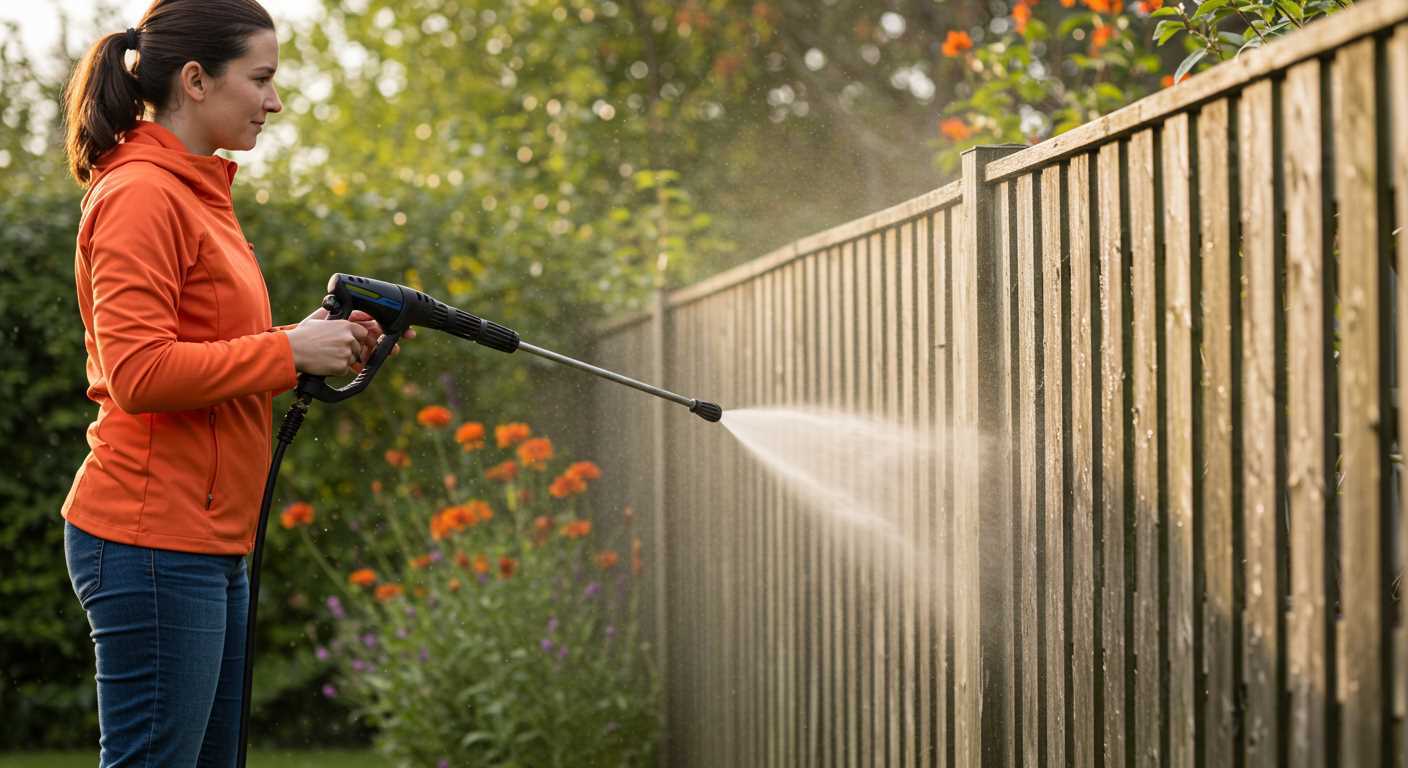
.jpg)


